Every cat owner wants the best for their feline friend, especially when it comes to their diet. Yet, providing a nutritious meal doesn’t always mean breaking the bank. With a little creativity and knowledge, you can upgrade your cat’s diet without causing a financial strain. Here are seven budget-friendly ways to ensure your cat gets the nutrition they deserve, while also keeping your wallet happy.
Understanding Your Cat’s Nutritional Needs
Before diving into dietary changes, it’s essential to understand what your cat truly needs. Cats are obligate carnivores, meaning their diet primarily consists of proteins from animal sources. They require nutrients like taurine, arachidonic acid, and certain vitamins that are naturally found in meat. By keeping this in mind, you can make smarter choices when selecting food that aligns with their natural dietary requirements. It’s much like ensuring you eat your vegetables; understanding the basics makes all the difference.
Choosing Quality Over Quantity
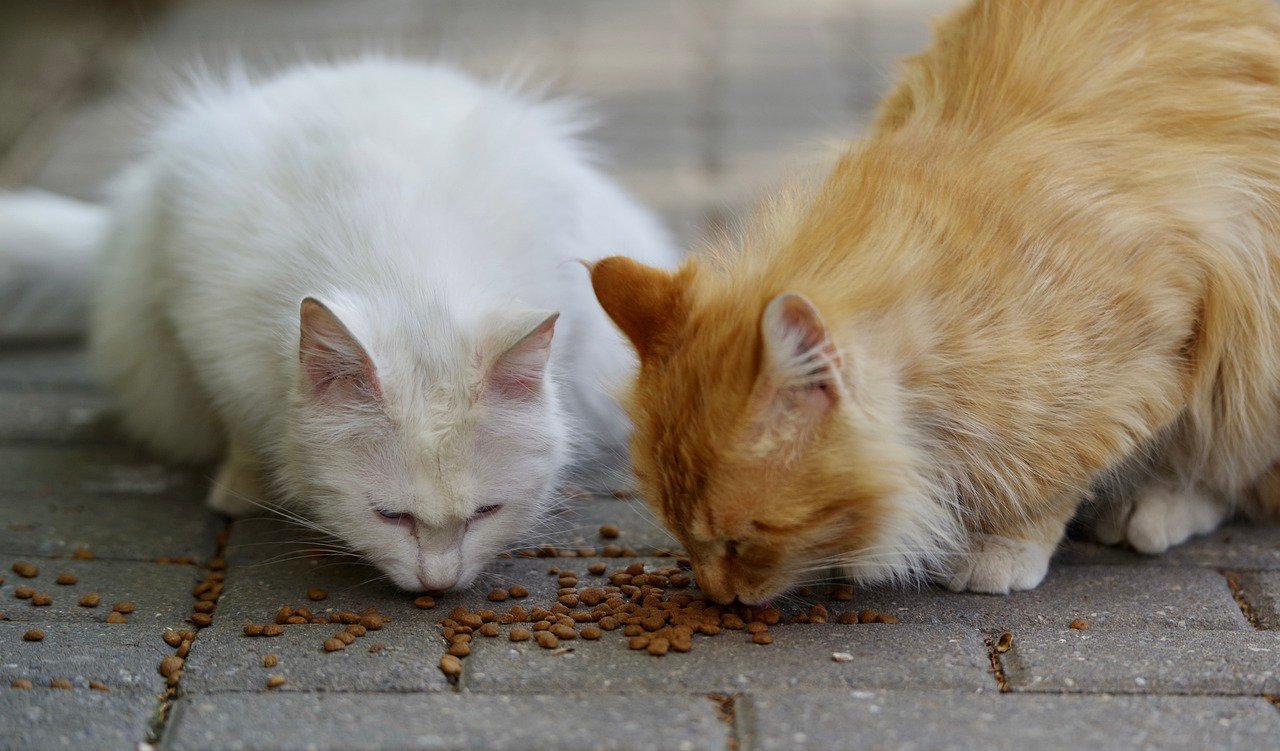
When shopping for cat food, it’s tempting to go for larger bags that promise more for less. However, it’s the quality that matters most. Opt for brands that list real meat as the first ingredient. While these might seem pricier, they often provide better nutrition, meaning your cat needs less of it to feel full and satisfied. Think of it as choosing a gourmet meal over a fast-food feast; a little goes a long way.
Exploring Homemade Cat Food Options
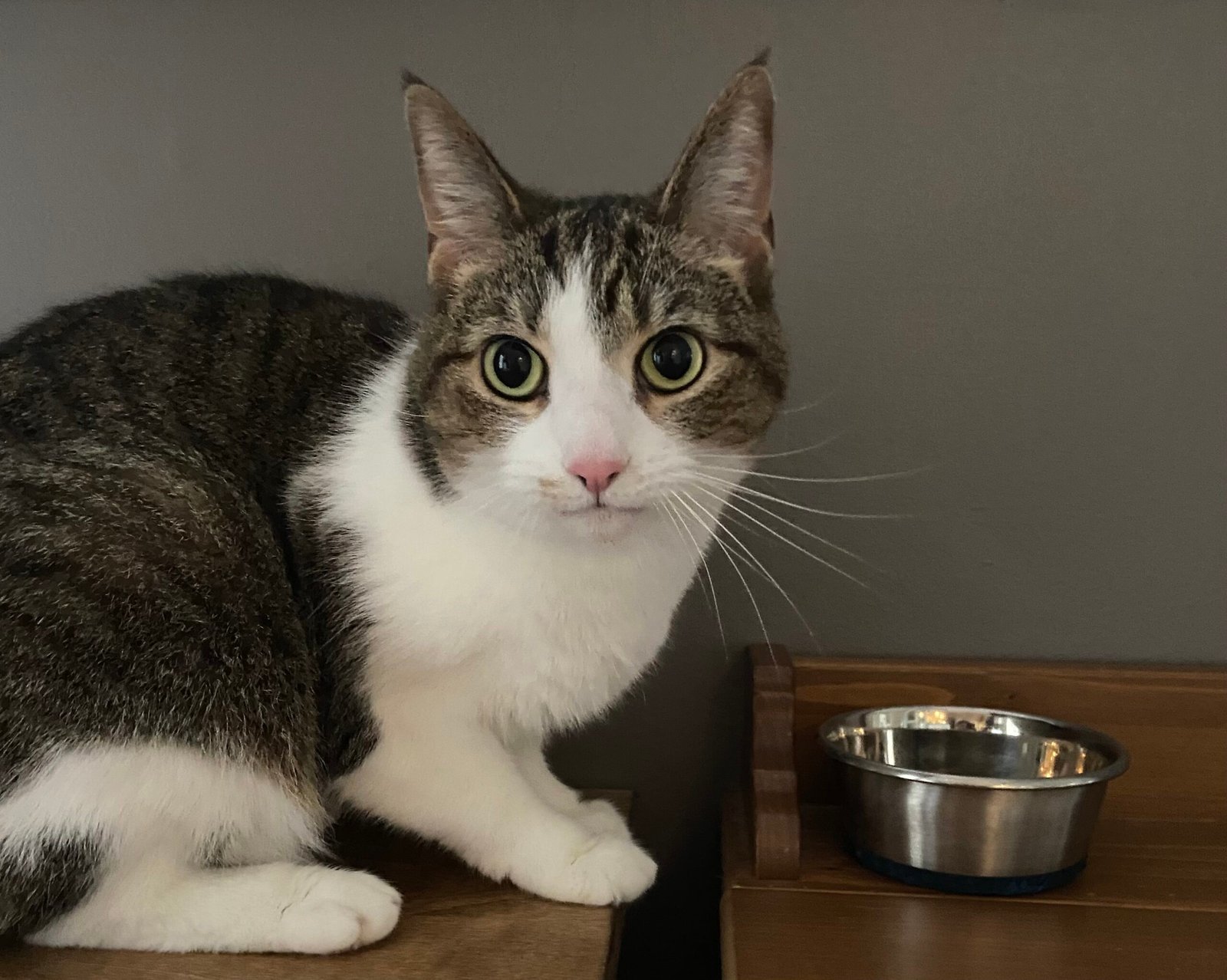
Making your own cat food can be both cost-effective and healthier for your feline. By controlling the ingredients, you ensure that no unnecessary additives make their way into your cat’s meal. Simple recipes using chicken, liver, and certain vegetables can provide all the nutrients your cat needs. Remember, though, always consult with a vet before making a complete switch to homemade food to ensure your kitty gets a balanced diet.
Supplementing with Affordable Add-Ons
You can enhance your cat’s diet by adding affordable, nutritious extras. Items like fish oil, small portions of cooked eggs, or even a sprinkle of nutritional yeast can boost the flavor and nutritional content of their meals. These supplements are often packed with beneficial nutrients that promote a shiny coat and overall health. Just like adding a pinch of salt can elevate a dish, these small additions can make a significant difference.
Buying in Bulk and Storing Properly
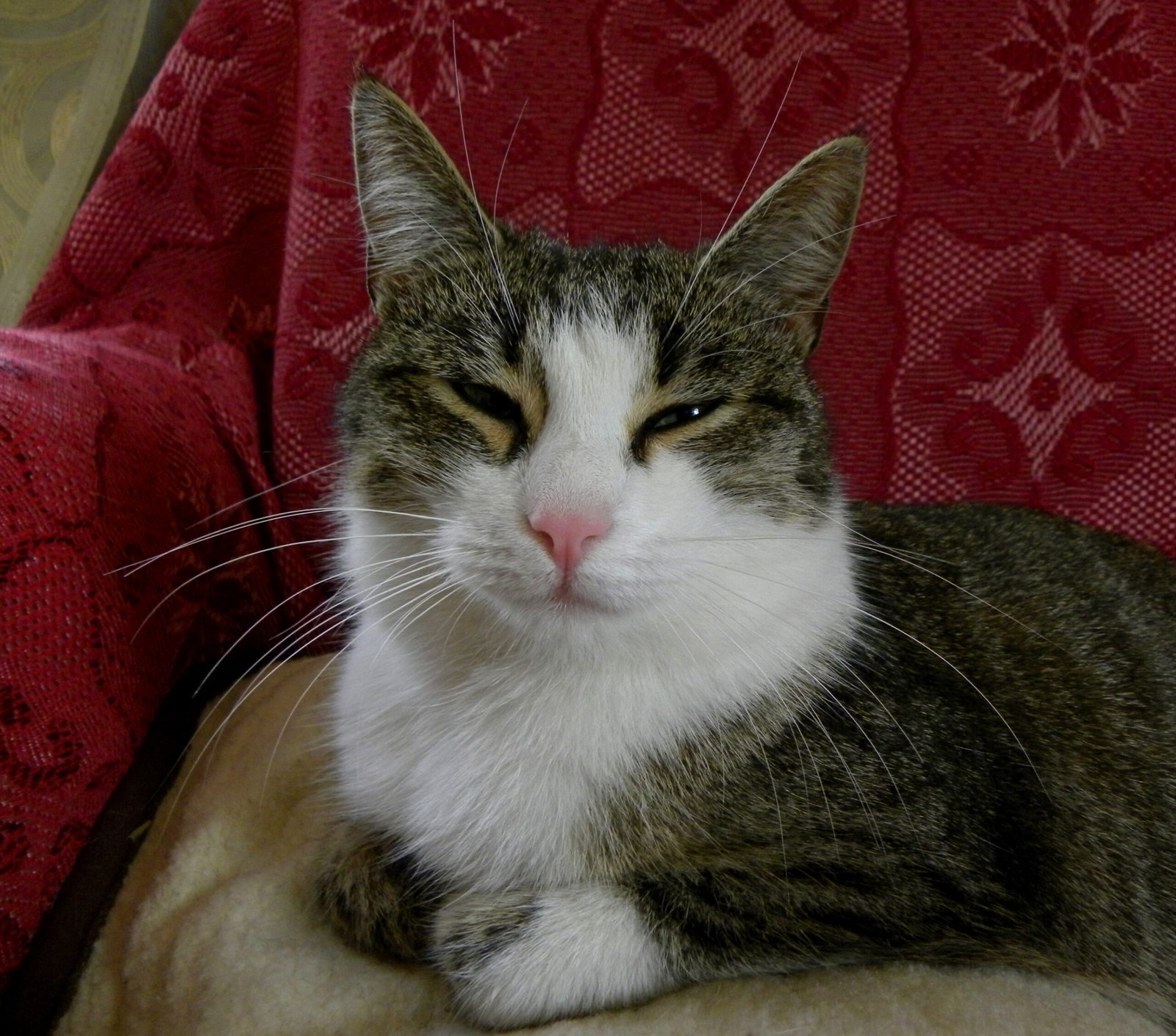
Purchasing cat food in bulk can save you money in the long run. Many stores offer discounts on larger quantities, and with proper storage, the food remains fresh. Using airtight containers keeps the food from spoiling and ensures your cat gets every bit of nutrition. It’s similar to buying a family-sized pack of snacks; you save money, and everyone gets their fill.
Comparing Brands and Reading Labels
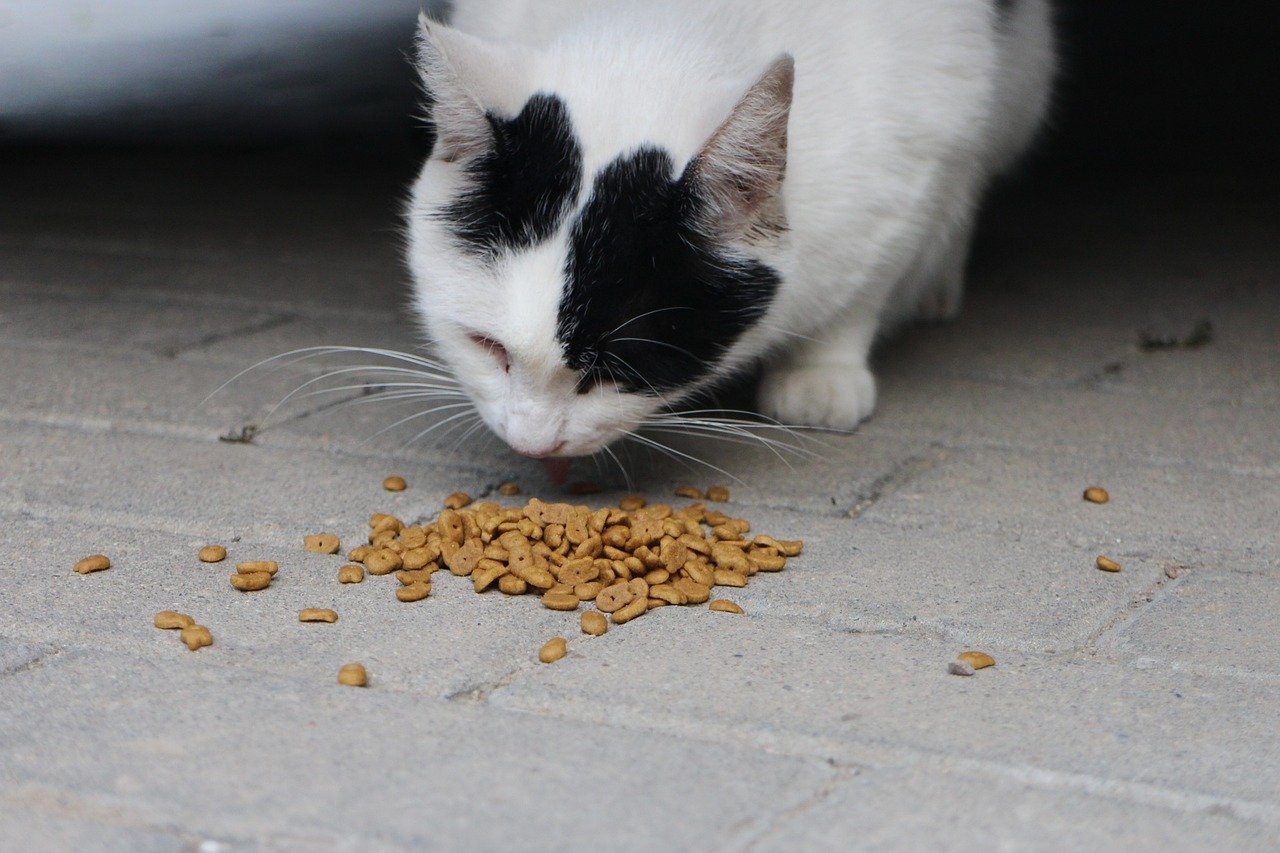
Not all cat foods are created equal. Taking the time to compare brands and read labels can lead to significant savings and better nutrition. Look for foods that have fewer fillers and more of what your cat actually needs. It’s like comparing two novels; the one with a richer storyline is often more rewarding.
Using Coupons and Loyalty Programs
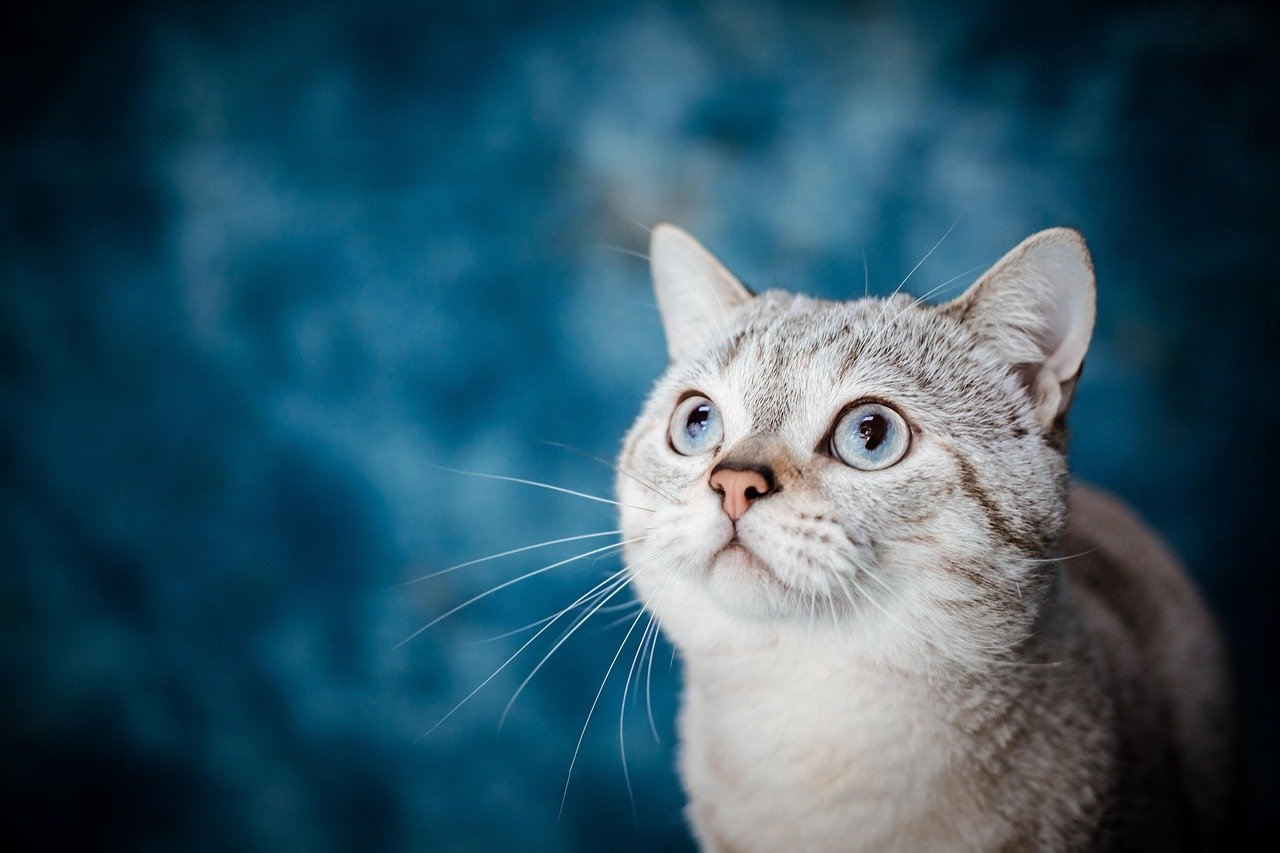
Many pet stores and brands offer coupons and loyalty programs that can help reduce costs. By signing up for newsletters or checking online, you can find deals that make premium food more affordable. Think of it as finding a discount on your favorite brand of coffee; the savings add up over time.
Rotating Protein Sources
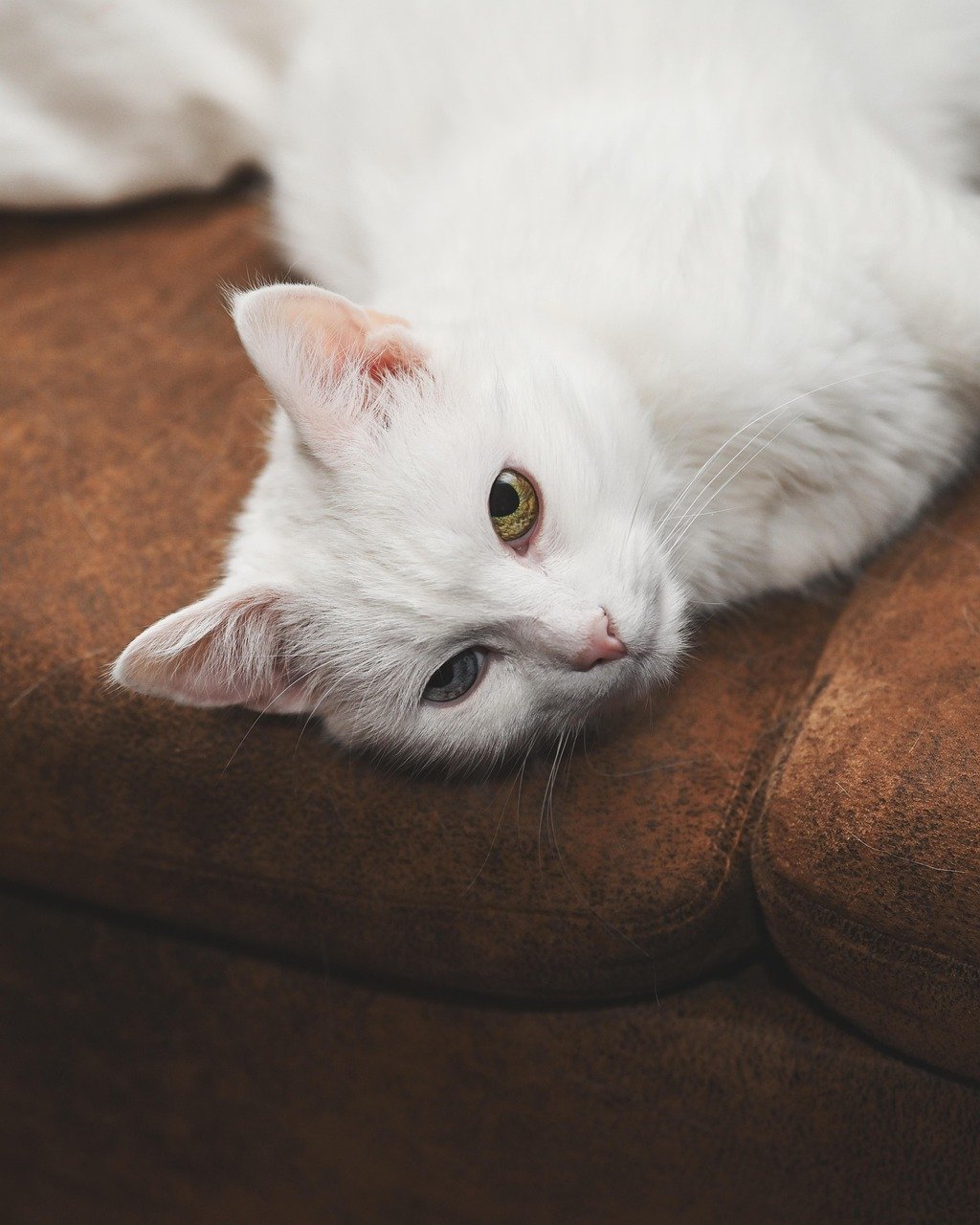
Switching up the protein sources in your cat’s diet can prevent boredom and provide a range of nutrients. By rotating between chicken, beef, and fish, you ensure a balanced intake of essential amino acids. It’s akin to varying your own meals; diversity keeps things exciting and nutritionally balanced.
Incorporating Wet Food Sparingly
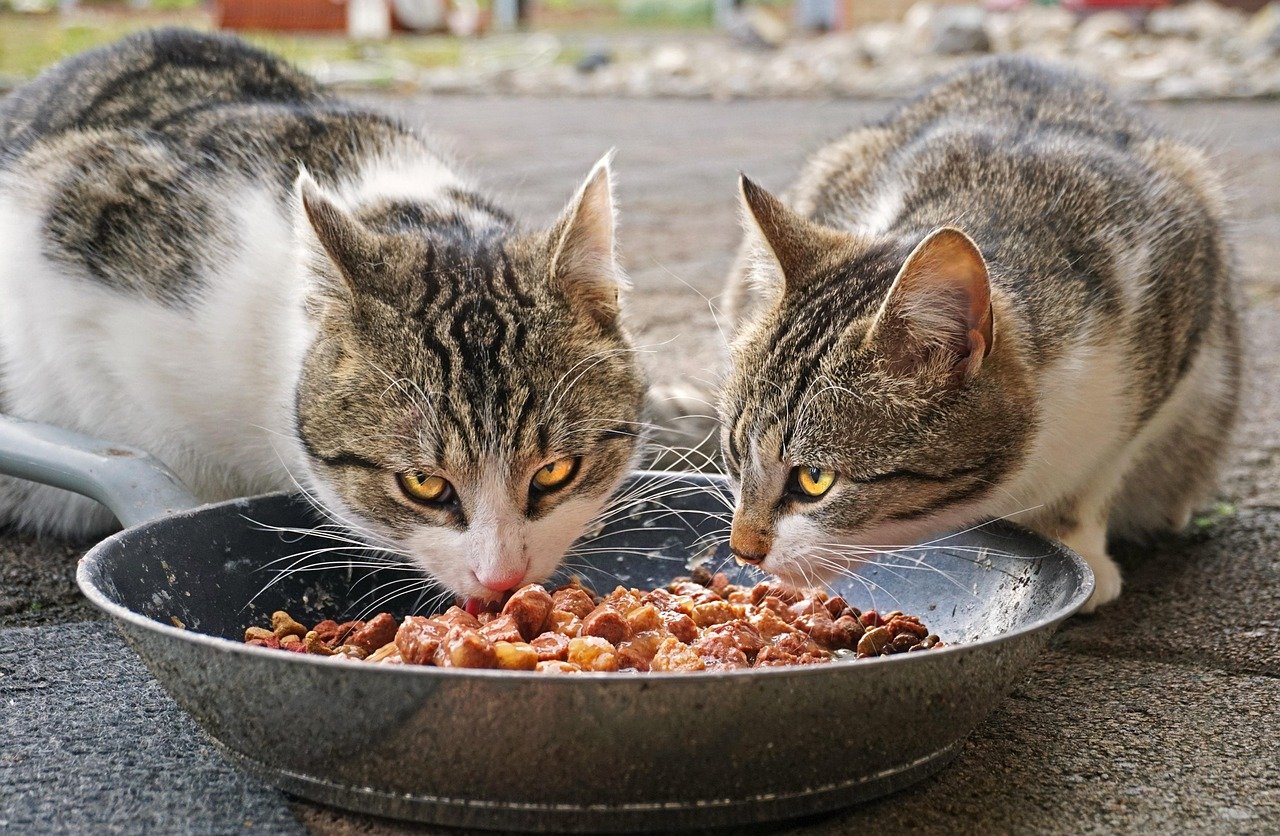
While dry food is often more economical, wet food can offer additional hydration and variety. Incorporating it occasionally can enhance your cat’s diet without significantly increasing costs. It’s like treating yourself to a fancy meal once in a while; a little indulgence goes a long way.
Considering Store Brands
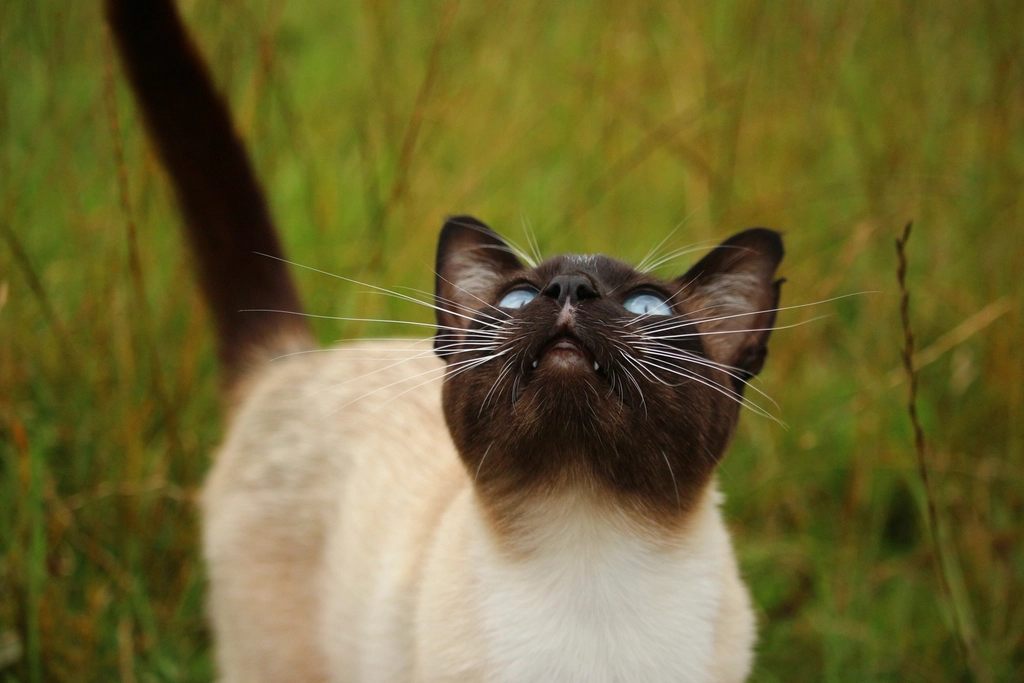
Often overlooked, store brands can offer quality nutrition at a fraction of the cost. Many of these brands meet the same standards as their pricier counterparts. It’s much like choosing a generic cereal over a name brand; sometimes, the only difference is the packaging.
Monitoring Your Cat’s Weight and Health
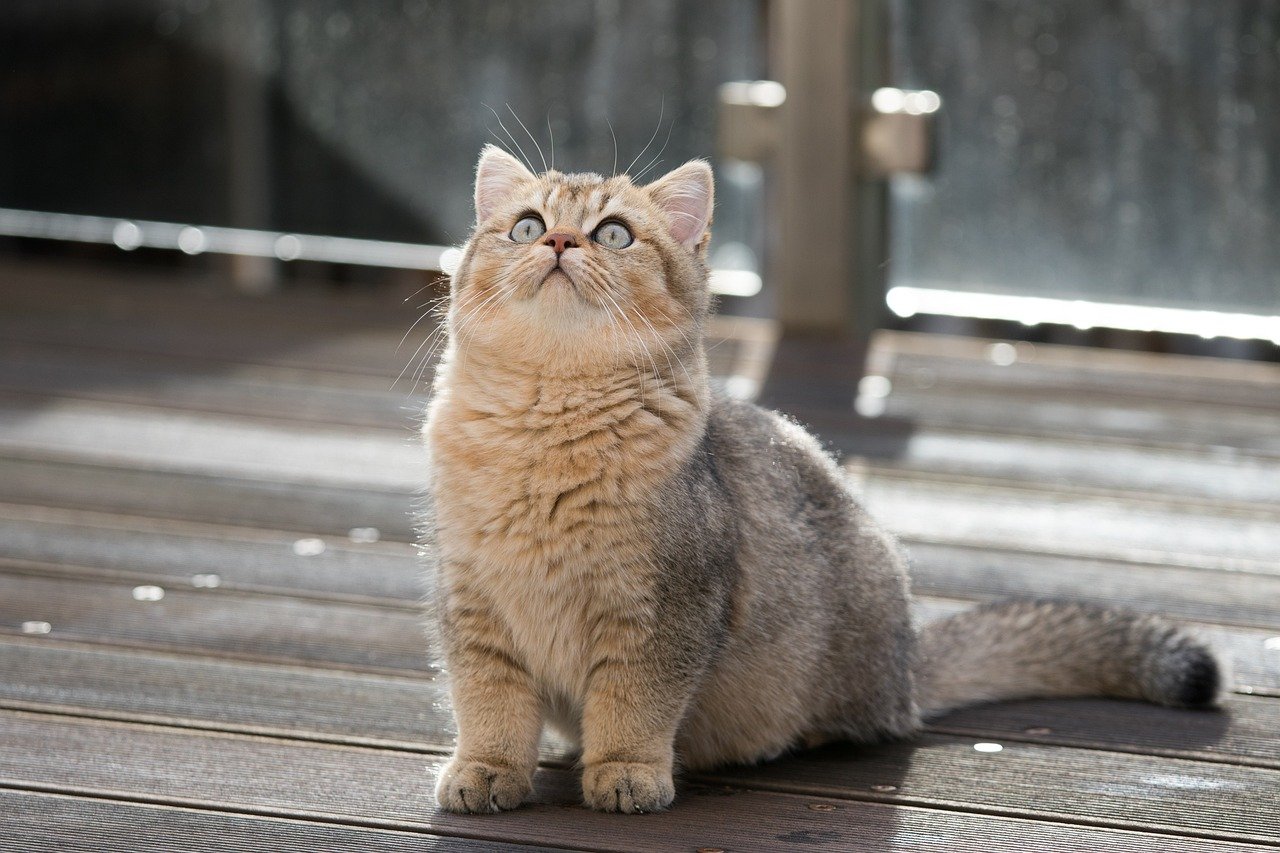
Keeping an eye on your cat’s weight and overall health is crucial when making dietary changes. Regular vet check-ups ensure your budget-friendly choices are also beneficial for your cat’s wellbeing. It’s like getting a health check-up for yourself; prevention is always better than cure.
Offering Fresh Water Always
While not a direct part of the diet, ensuring your cat has access to fresh water is vital. Hydration supports digestion and overall health, complementing any dietary upgrades you make. Imagine trying to eat a meal without a drink; hydration is essential for everyone.
Understanding the Importance of Portion Control
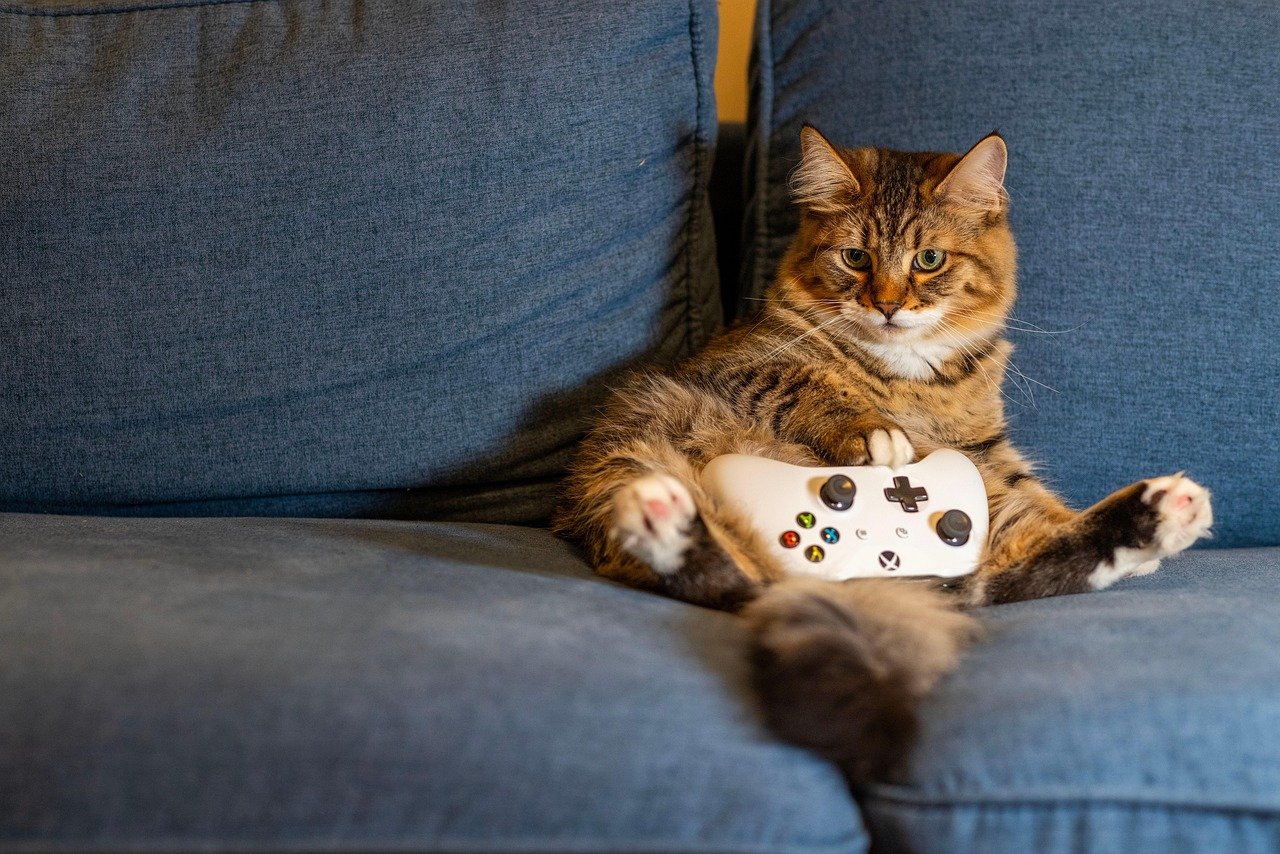
Proper portion control ensures your cat receives the right amount of nutrients without overeating. By measuring meals, you prevent obesity and wastage, making food last longer. It’s similar to watching your own portion sizes; balance is key to health and savings.
Engaging in Regular Play to Aid Digestion
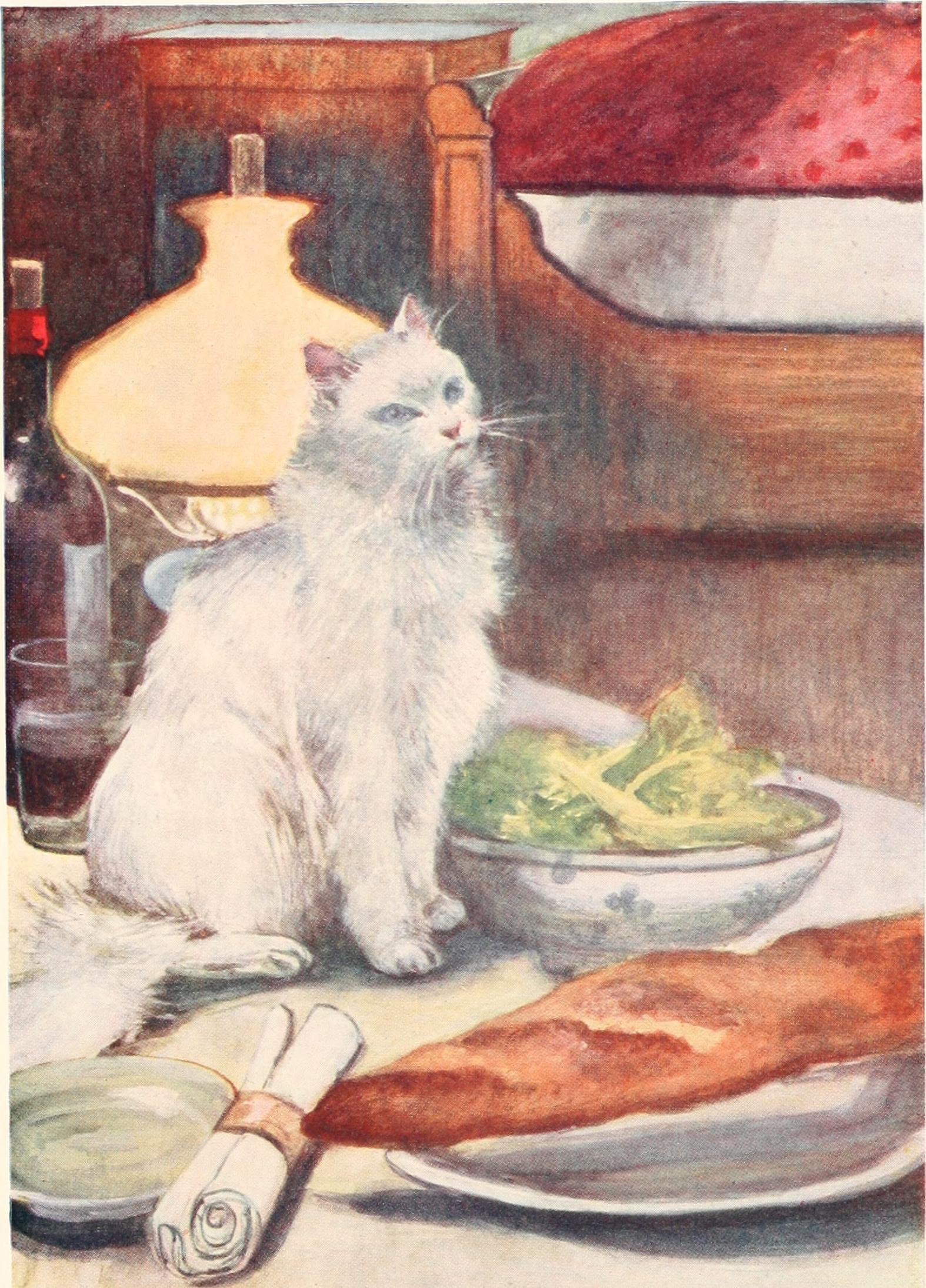
Physical activity helps with digestion and keeps your cat healthy. Regular play sessions can stimulate appetite and promote a healthy weight. It’s like doing a quick workout before a meal; it boosts metabolism and mood.
Connecting with Other Cat Owners
Networking with other cat owners can provide insights into affordable feeding options. Sharing tips and tricks can lead to discovering new budget-friendly brands or recipes. It’s like joining a cooking club; community knowledge is invaluable.
Being Mindful of Treats
While treats are a fun way to bond with your cat, they can add up both nutritionally and financially. Opt for healthier, homemade options, or use them sparingly to ensure they don’t disrupt your cat’s balanced diet. It’s akin to reserving desserts for special occasions; moderation is key.
Introducing New Foods Gradually
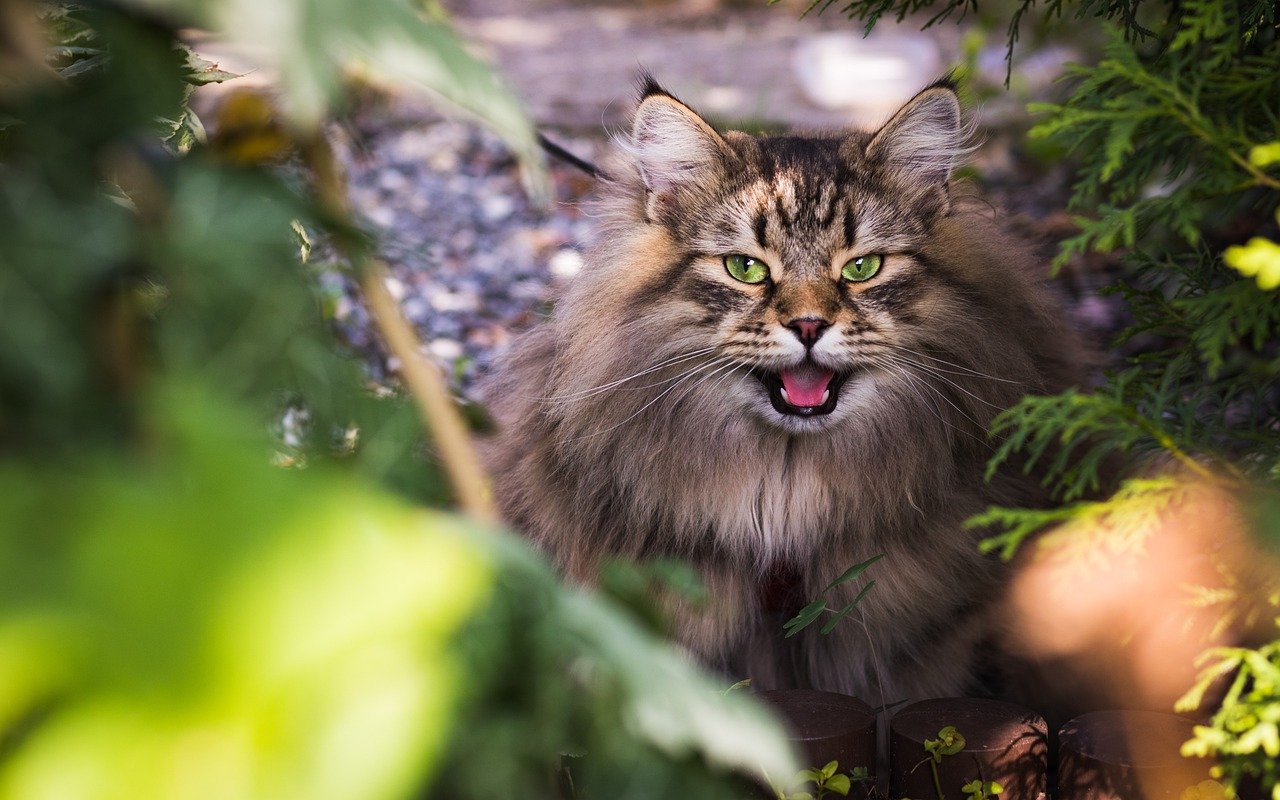
When making dietary changes, introduce new foods slowly to avoid digestive issues. Mixing small amounts with their current food allows your cat to adjust comfortably. It’s like easing into a new routine; gradual changes lead to lasting habits.
Understanding Food Allergies and Sensitivities
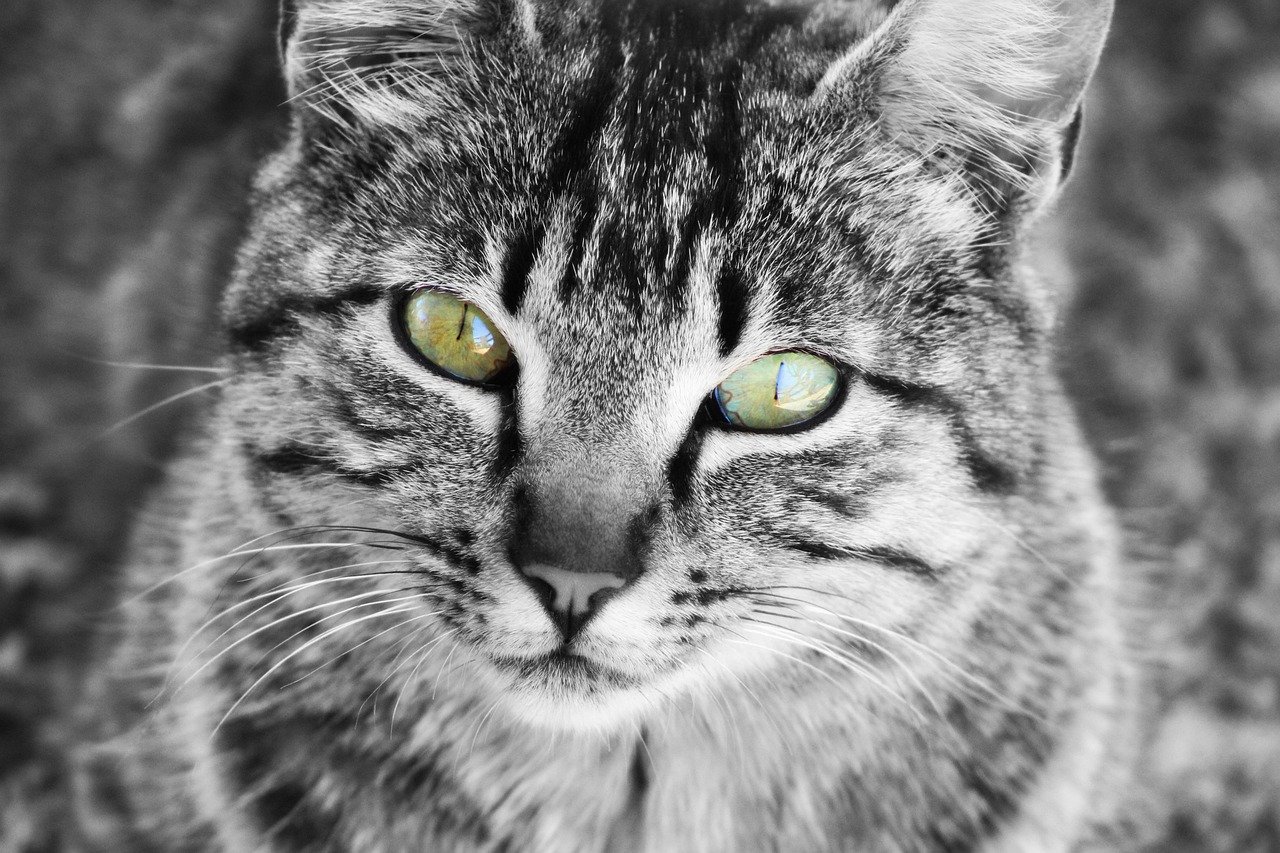
Some cats may have allergies or sensitivities to certain ingredients. Observing how your cat reacts to new foods can prevent health issues and ensure they receive the best nutrition. It’s like being cautious with your own allergies; awareness leads to safer choices.
Embracing a Balanced Approach
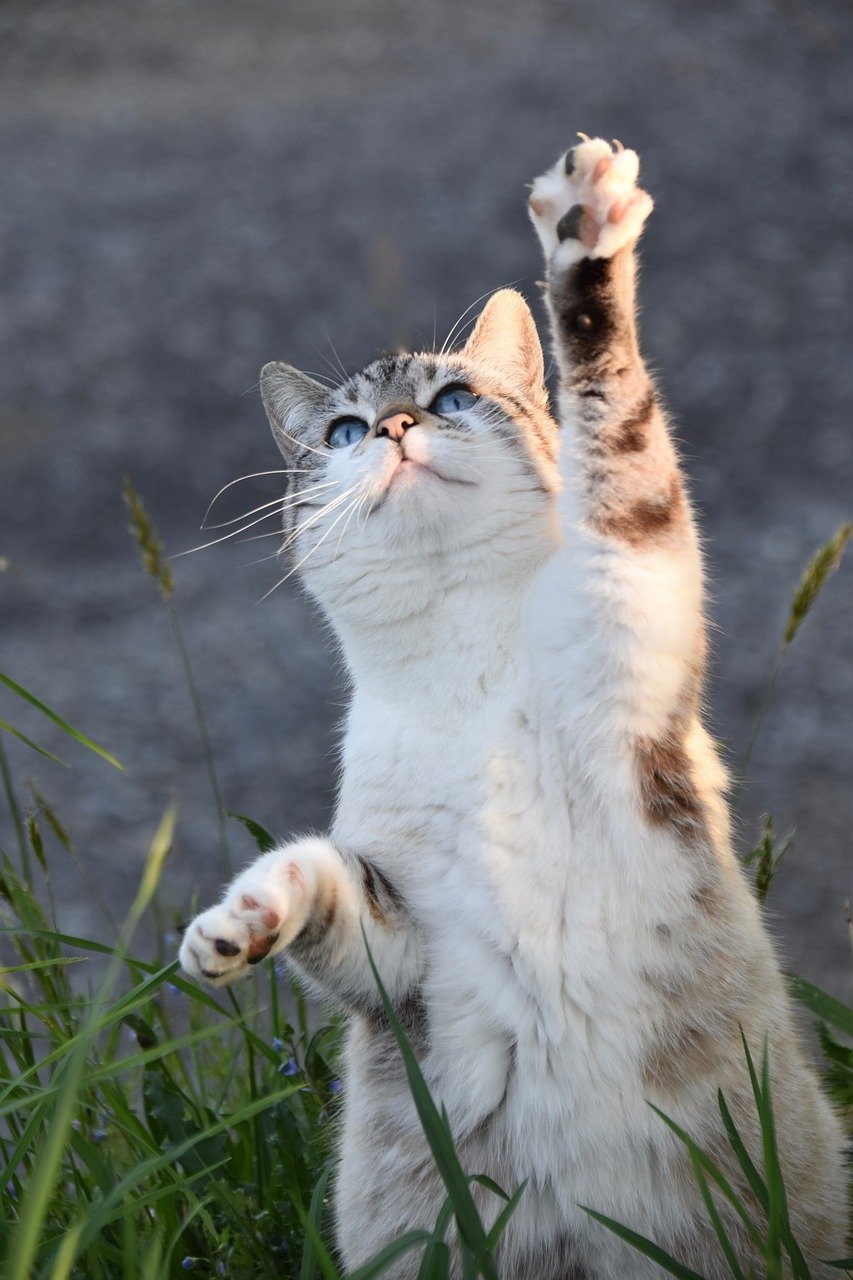
Ultimately, a balanced approach is key. Combining quality food with occasional treats and supplements ensures your cat gets a well-rounded diet. Much like maintaining a balanced lifestyle for yourself, your cat thrives on variety and moderation.
In conclusion, upgrading your cat’s diet doesn’t have to be a costly endeavor. By understanding their needs, making informed choices, and exploring cost-effective options, you can provide nutritious meals that keep both your cat and your finances healthy.
Hi, I’m Bola, a passionate writer and creative strategist with a knack for crafting compelling content that educates, inspires, and connects. Over the years, I’ve honed my skills across various writing fields, including content creation, copywriting, online course development, and video scriptwriting.
When I’m not at my desk, you’ll find me exploring new ideas, reading books, or brainstorming creative ways to solve challenges. I believe that words have the power to transform, and I’m here to help you leverage that power for success.
Thanks for stopping by, Keep coming to this website to checkout new articles form me. You’d always love it!






